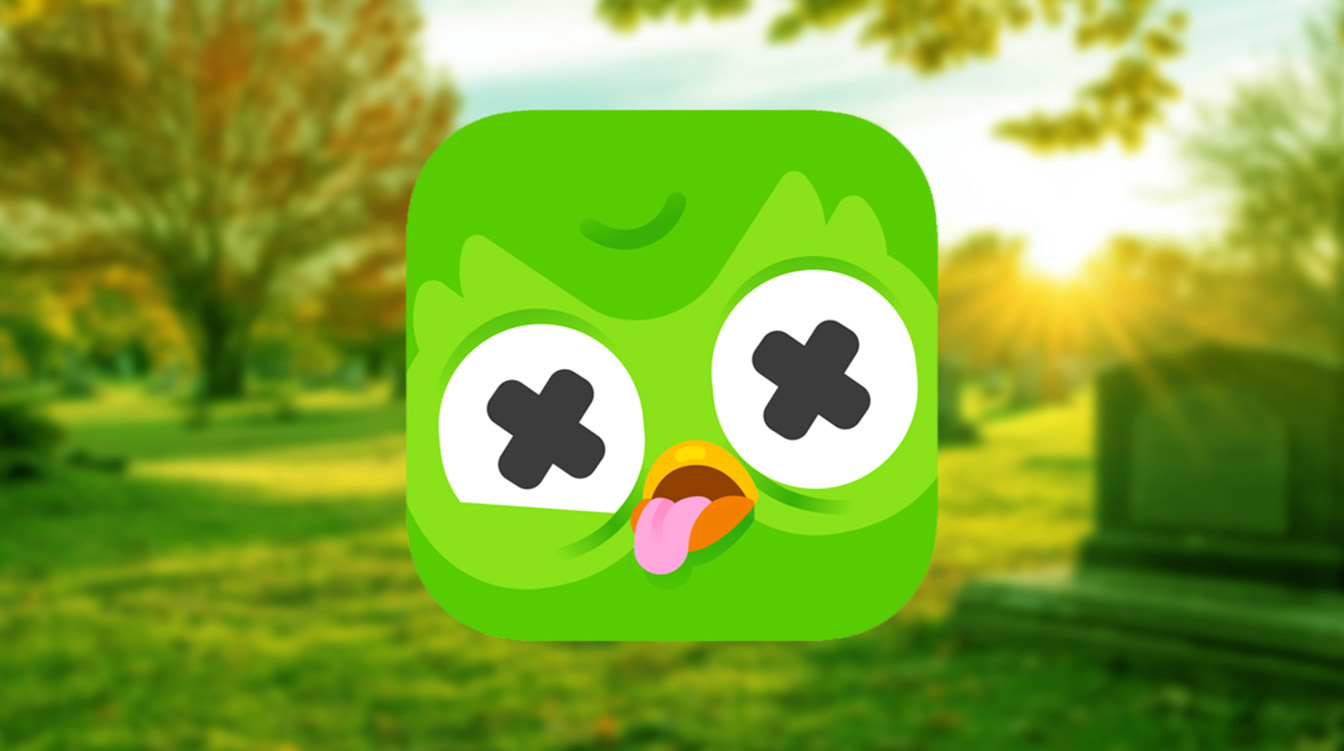
How an Owl's Death Broke the Internet (and What It Really Teaches Us About Social Listening in 2025)
The Day Duo Died: A Masterclass in Viral Brand Storytelling
In February 2025, just after the Super Bowl, Duolingo announced the "death" of their owl mascot. The post exploded across social media platforms with unprecedented engagement: over 140 million views, thousands of memes, and responses from brands, celebrities, and everyday users across TikTok, Instagram, and X (formerly Twitter).
It was undeniably attention-grabbing and brilliantly executed. But was it actually meaningful brand communication? Or simply another company manufacturing a fleeting viral moment? To properly answer that question, we need to examine what preceded this campaign—and how Duolingo's sophisticated social listening strategy shaped what followed.
When Strategic Listening Becomes More Powerful Than Speaking
Back in 2017, users spontaneously began creating memes about Duo the Owl's "passive aggressive" push notifications. Faced with this emerging narrative, Duolingo had two potential strategic options: push back against the characterisation or embrace and amplify it.
They chose the latter path. And this decision yielded extraordinary results.
As Duolingo's social media manager Zaria Parvez told NBC News in 2021:
"The meme of Duo has been known to be persistent and pushy... and we asked ourselves, 'How could we make it relatable to ordinary people, but also make it super funny?'"
By thoughtfully leaning into the community-created joke rather than resisting it, the brand embraced its audience's authentic voice and built a character that could continually evolve alongside shifting cultural trends.
Riding the Cultural Zeitgeist: The Strategic Cybertruck Revelation
Duo's supposed death-by-Cybertruck wasn't a random creative decision—it represented calculated strategic planning based on social listening insights.
The Tesla Cybertruck was already a significant cultural talking point—divisive, visually distinctive, and inherently meme-worthy. By incorporating it as the central plot device in their storyline, Duolingo skillfully jumped on an existing moment of cultural relevance without appearing desperate to capitalise on it.
The accompanying tone—"Reward for whoever can identify the driver"—was deliberately absurd yet remained remarkably consistent with the brand voice they had cultivated. The campaign brilliantly blurred the boundaries between marketing stunt and organic storytelling, which ultimately fuelled its extraordinary success.
Finding Brand Love in Unexpected Cultural Connections
The long-running saga of Duo's infatuation with pop star Dua Lipa originated as a simple pun based on name similarity. When users began confusing or linking the names, rather than correcting them, Duolingo recognised the opportunity and strategically amplified it.
This narrative thread culminated in Duo "proposing" outside a concert in 2022, and when the brand announced Duo's death in 2025, they cleverly added:
"We appreciate you respecting Dua Lipa's privacy at this time."
Dua Lipa herself replied with perfect comedic timing:
"Til' death duo part 💔"
This interaction was simultaneously humorous, slightly risky, and brilliantly executed. It also raises important questions about where brands should draw the line between engagement and exploitation. The key learning here centres on the importance of consent—especially when real individuals become incorporated into fictionalised brand narratives.
A Sophisticated Tale of Platform-Specific Storytelling
What made this campaign particularly noteworthy was that it wasn't a single unified campaign—it was effectively three distinct yet interconnected narratives, each thoughtfully tailored to platform-specific cultural norms and audience expectations.
TikTok: Embracing Chaos and Collaborative Storytelling
Duo's deliberately "unhinged" persona had long flourished on TikTok. The death announcement sparked funeral parades, elaborate conspiracy theories, and even user-generated fan fiction. The platform's inherent culture of participatory storytelling transformed the moment into a form of crowd-sourced interactive theatre.
X: Strategic Brand Interaction Ecosystem
On X (formerly Twitter), numerous major brands enthusiastically joined the virtual wake. Netflix cleverly spoofed Squid Game. The World Health Organization jokingly ruled out smallpox as cause of death. The European Space Agency wittily posted: "Someone forgot their space suit."
This phenomenon represented a fascinating example of the contemporary attention economy: brands engaging in mutually beneficial interactions driven primarily by algorithmic visibility rather than genuine inter-brand relationships.
Instagram: Visual Mourning and Aesthetic Tributes
Instagram organically transformed into a digital memorial shrine. Users created tribute posts, fan art, and visually-rich remembrances. This platform also became where Duolingo strategically revealed Duo's official cause of death—with messaging carefully tailored to Instagram's distinctive visual tone and community expectations.
Across all three platforms, Duolingo demonstrated remarkable discipline by avoiding simplistic cross-posting. Instead, they thoughtfully adapted each element of the narrative to align with the unique cultural context of each platform.
Strategic Social Listening Insights for Your Brand
Duolingo's campaign offers four clear, actionable lessons for brands seeking to enhance their social media effectiveness:
- Listen before leading: Pay careful attention to how your audience already naturally discusses and characterises your brand before attempting to shape the narrative.
- Platform-specific adaptation: Resist the temptation to cross-post identical content. Instead, thoughtfully translate your message to suit each platform's unique cultural context.
- Responsive agility: Move quickly to capitalise on opportunities, but only within the established voice and character you've consistently built over time.
- Character development investment: Building a consistent, distinctive tone across extended periods creates freedom and audience acceptance for more creative risks when strategic opportunities arise.
The Future of Strategic Social Listening
In an increasingly fragmented social media landscape, brands that implement sophisticated real-time listening strategies are consistently those that establish meaningful connections. Duolingo brilliantly demonstrates that social sentiment analysis isn't merely a retrospective measurement tool—it's a foundational element for building effective creative strategy.
However, an important balance must be maintained. Manufactured viral moments can feel artificial and inauthentic unless they emerge organically from genuine audience engagement. The most sophisticated brands are those that blur this distinction so effectively that their strategic planning appears indistinguishable from spontaneous creativity.
If you're interested in enhancing your organisation's capability to listen more effectively—and act more strategically based on those insights—contact BuzzRadar to explore how real-time social data analysis can transform your brand's digital engagement.
Marc Burrows Published on March 4, 2025 4:00 pm

